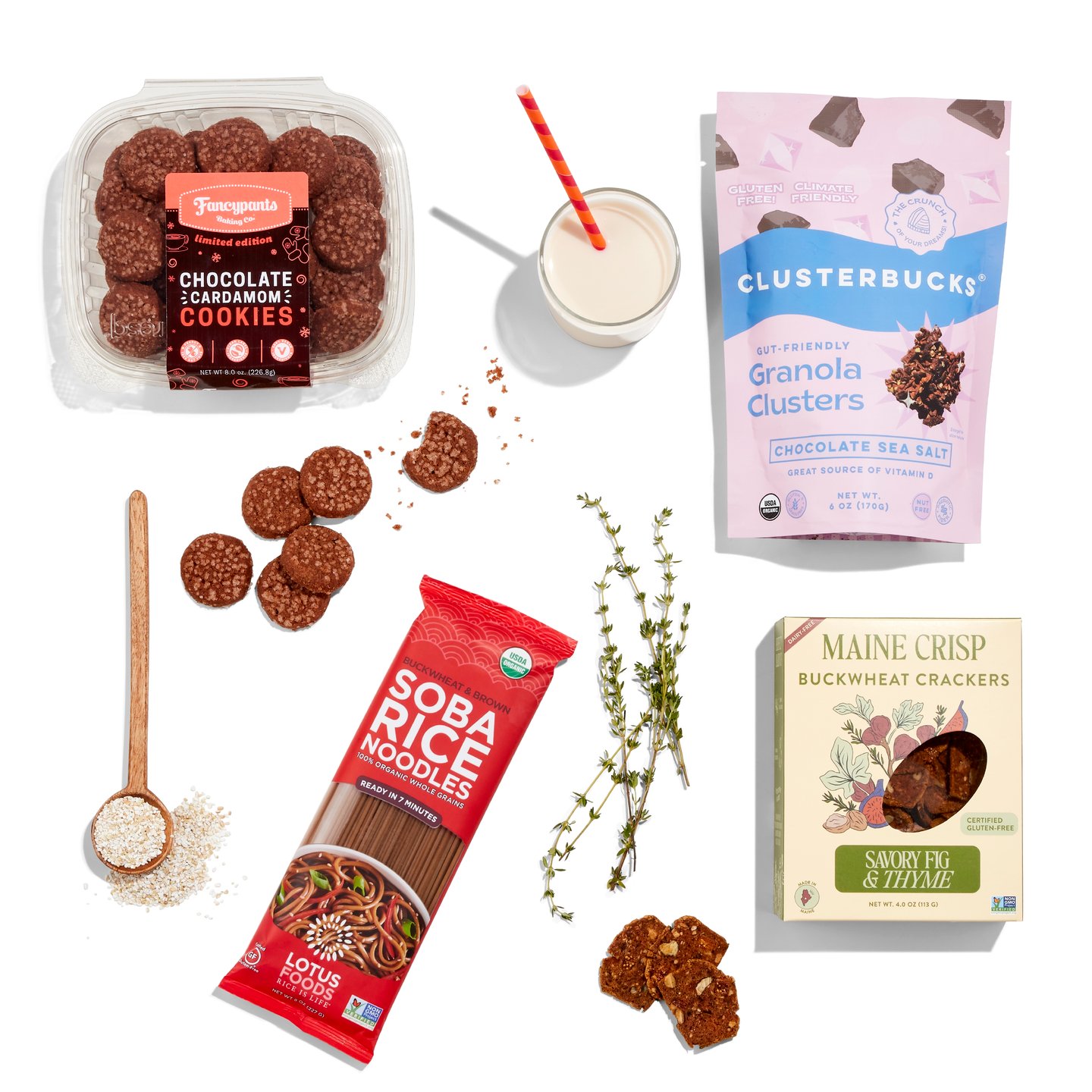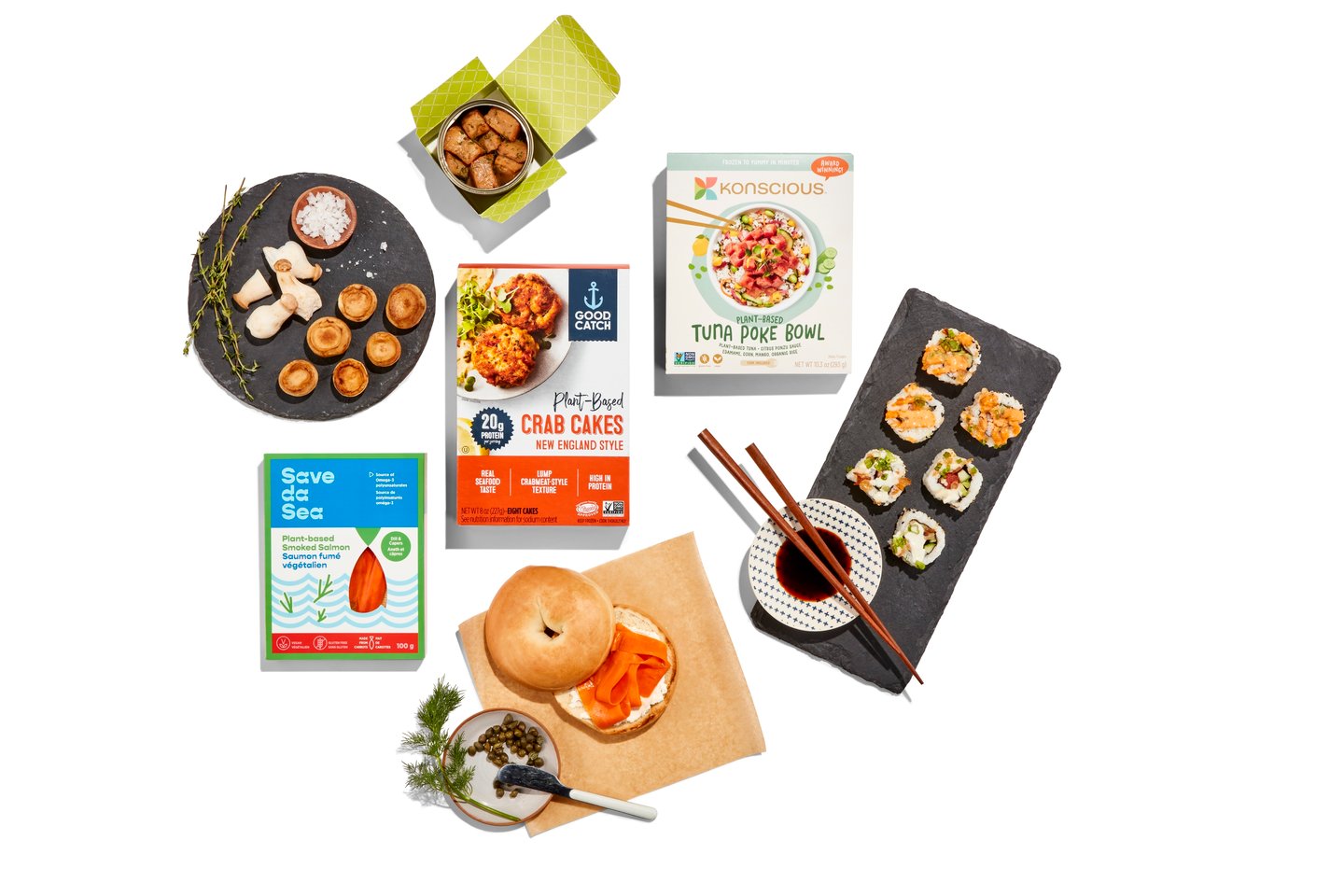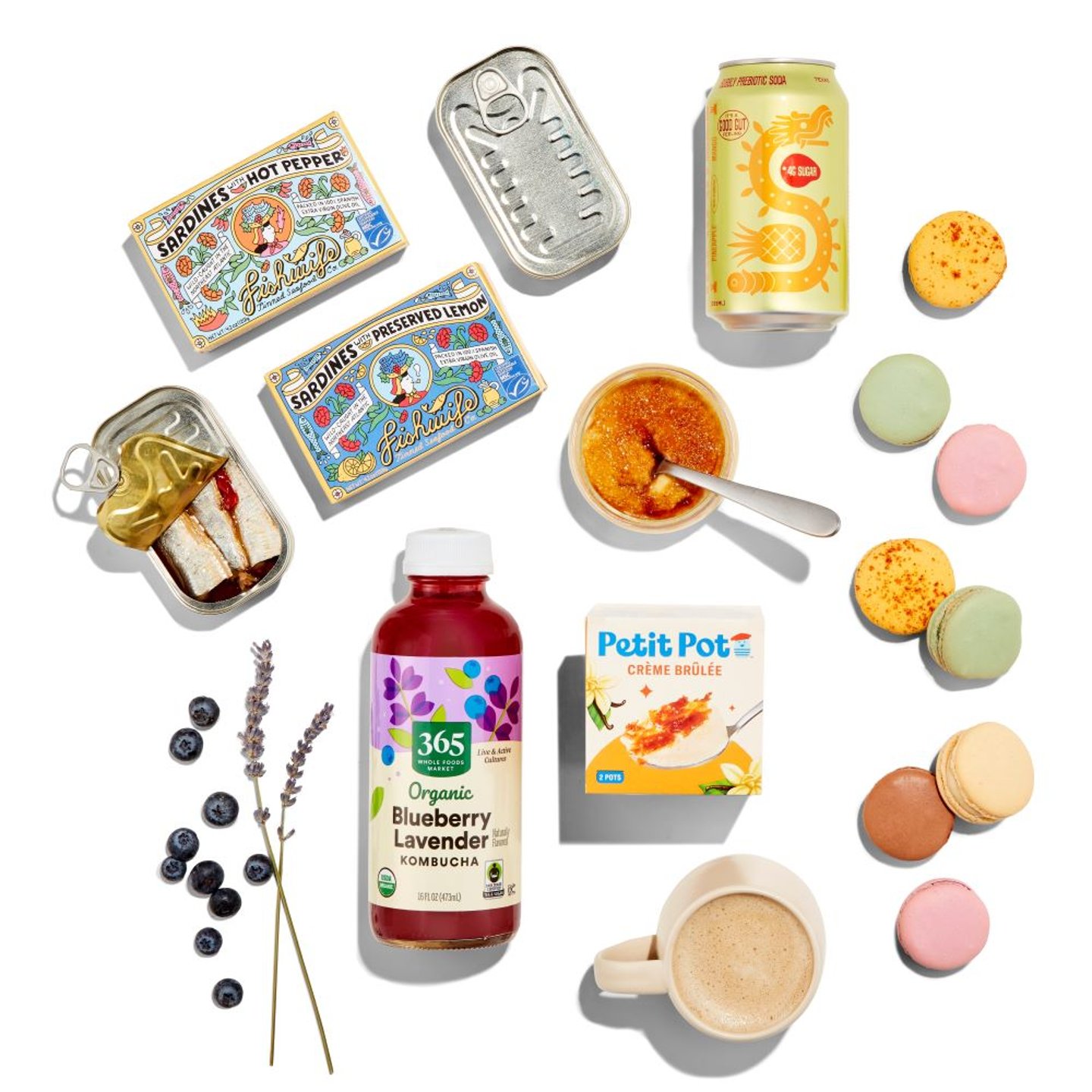Whole Foods Market Shares Top 10 Grocery Trends for 2024
Whole Foods Market is out with its annual list of food trend predictions, based on insights and analyses from its internal trends council. According to the group of more than 50 culinary experts, foragers and buyers, consumers will be balancing taste, responsibility and an ongoing craving for satisfying new experiences as the calendar ticks over from 2023 to 2024.
“Our annual food trends predictions list is a way for us to pull back the curtain for customers and share insight into what our buyers and culinary experts are keeping on their radar for the upcoming year,” remarked Cathy Strange, ambassador of food culture for Whole Foods Market and member of the trends council. "From specific product ingredients and flavor trends, to growing movements in the food industry, we can't wait to see these trends gain momentum in the year ahead."
Top 10 Food Trend Predictions for 2024
1. Put the “Plant” Back in “Plant-Based”
It’s not quite a throwback, but Whole Foods expects a resurgence of basic plant-based cuisine like veggie burgers and simple-ingredient plant-based milks. Also on the horizon: emerging protein-forward products with mushrooms, walnuts, tempeh and legumes in place of complex meat alternatives.
2. Use the Whole Cacao
More brands are utilizing by-products like cacao pulp in products like jellies and jams. The emergence of cacao fruit powders this year also presents an opportunity for brands seeking a new sugar alternative without compromising on sweet, ambrosial flavor.
3. Buckle Up for Buckwheat
Gaining popularity as a cover crop to support soil health, buckwheat also has potential in the food and beverage aisle as a gluten-free superfood seed with protein, carbs and fiber. Whole Foods anticipates that more brands will embrace buckwheat in offerings from plant-based milk alternatives to crackers and granola.
4. Fancy Faux Fish
In the wake of popular tinned fish and caviar items, plant-based seafood alternatives are surfacing. Look for carrots in place of lox, trumpet mushrooms for scallops, and the root vegetable konjac getting its moment in sushi rolls and poke bowls, Whole Foods pros say.
5. Clean & Conserve: Water Stewardship
Brands across the aisles are promoting water conservation, and consumers are listening. Whole Foods highlights several examples, like water brands that use water from fruit by-products, water-saving dry shampoos, shampoo bars and laundry detergent sheets.
6. Complex Heat
Complex heat continues its evolution with global peppers including specialty varieties, taking off in every aisle and in fresh, whole, ground or pickled form. The council also has an eye on pepper-infused drinks that go beyond kombuchas, cold-pressed juices and smoothies, with ready-to-drink beverages like canned tepache.
7. Noodle News
Shoppers have been finding ways to dress up their instant ramen at home for years now and brands are responding with convenient and more gourmet options to rival the classics without certain preservatives and added MSG.
8. Little Luxuries
TikTok creators have brought “Little Treat Culture” into conversations and carts. Whole Foods shared examples of this trend, like impulse macarons, fizzy functional beverages and individual serving packages that add joy without breaking a budget.
9. Women’s Health: From Taboo to Top of Mind
Propelled by social media, more brands are supporting women’s health, encompassing items for periods, pregnancy, postpartum, menopause and sleep. These include food innovations and self-care offerings.
10. A Better Boost
Whole Foods experts point out ways that shoppers can get the most out of morning or afternoon pick-me-ups. Coffee and energy drinks with added mushrooms, probiotics and more are one way to do it, as the “clean caffeine” space expands.
Austin, Texas-based Whole Foods has more than 500 stores in the United States, Canada and the United Kingdom. The company is a wholly owned subsidiary of Seattle-based Amazon, which is No. 2 on The PG 100, Progressive Grocer’s 2023 list of top food and consumables retailers in North America. Both Whole Foods and Amazon were named among PG’s Retailers of the Century.








